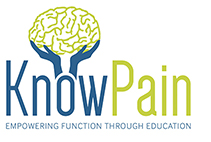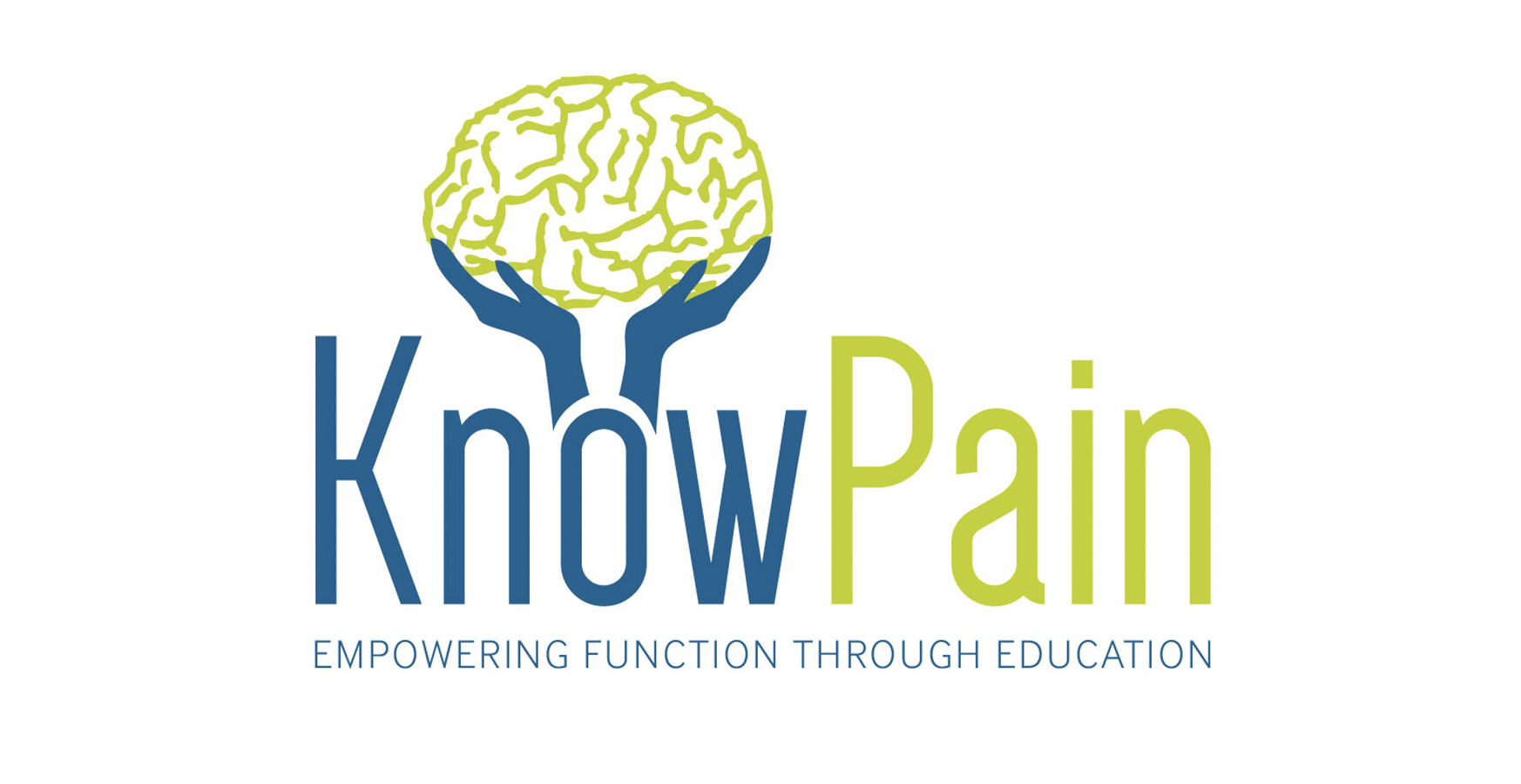Yesterday, I had the pleasure of speaking to a range of healthcare professionals at the Primary Care & Public Health Conference at the N.E.C in Birmingham. It was strange to think that the last time I had visited the venue, I had attended Crufts Best in Show. Sadly, there were no dogs on display this time around. However, whilst walking around the event, which I must say was a fantastic display of interprofessional collaboration, I did witness a great deal of healthcare maintenance products to rival the most frequently pampered of pooches.
The array of affordable massage machines and other electronic devices that go “PING!”, as Monty Python once hilariously put it, offered instantaneous solutions to all manner of problems from instant relief for stiff necks, weak backs & arthritis, to promises of improve blood circulation and reduced cellulite. This should come as no surprise. With an ever expanding population of people experiencing ongoing aches and pains across the planet, there is bound to be a thriving market for relief. When asked, “What do people in pain want from healthcare professionals?”, Yelland (2011) found they sought pain relief. My experiences of working with a tiny fraction of the 15 million people in the UK living with pain would certainly support this.
So. Where’s the issue with the promotion of passive devices to help people feel more comfortable?
Shouldn’t we be providing people with what they want?
Yes of course we should. However, we have a professional and moral duty to look beyond short-term gains. We broadly achieve this with other long-term conditions such as asthma and diabetes. Why not pain? We must begin to view pain in a similar context. I will never forget the gentleman who came to see me determined for me to continue his longstanding history of passive treatments. He worked in retail and, despite repeated and unsuccessful long or even medium-term outcomes with this approach, he considered it his consumer right for me to continue on the same path, rather than explore new ones. He expressed how, if I entered his store and asked for a large, V neck jumper in purple, he would be professionally obliged to give it to me. The customer is always right.
I wish healthcare was so simple. However, healthcare is not a simple, consumer product. In much the same way that a mechanic would have a professional and moral responsibility to turn down your request to cut the brake cables, whilst also highlighting the problems that lie ahead, we have a duty of care to challenge long held beliefs regarding passive healthcare maintenance and dependancy. This is an often delicate but equally necessary path to tread.
With this in mind, it’s worth noting that Yelland’s article also highlights people’s desire for healthcare professionals to provide understanding through acquired knowledge, an accurate diagnosis, social legitimisation (being believed) and, most interestingly, a positive shift in attitude. To stand any chance of achieving these aims, we have a duty of care to scientifically inform people about the nature of ongoing sensitivity and to guide them towards meaningful, active self care.
I had an interesting discussion with one of the other speakers at the conference about the role of passive modalities and ongoing maintenance for people in pain. Whilst we both agreed that patient choice is key and that short-term, quick fix strategies should remain within our shopping baskets (click here for Louis Gifford’s work on the shopping basket approach http://giffordsachesandpains.com/download-material/the-shopping-basket-approach-articles/), we also agreed that, in 2015, with an epidemic of pain problems and a greater understanding of meaningful solutions for long-term conditions, we also have a professional and moral obligation to inform people that there are other avenues to explore. We can and should be doing better.
These avenues begin with a meaningful and robust reconceptualisation of pain that moves away from the damaged goods model that both patients and clinicians are drawn to and towards a hope inducing reframing of sore but safe sensitivity. The psychological reality is that the Devil always plays the best tunes. Many people in pain live a life in which they are constantly seeking threat information that confirms their schematic view of the world (Linton, 2005). This is why so many people are drawn towards that skeleton over in the corner of your clinic. “He looks like he could do with a good meal”, they often quip. Sadly, the troubling and anxious, internal monologue for many people reads more like, “Bloody hell! Show me where my osteocrumbly bits are, and make it snappy!” (No manipulative pun intended). For more on the implicit threats that adorn many clinic walls click here: https://www.knowpain.co.uk/mind-the-gap-the-misleading-language-of-pain/
The unfortunate reality is that many people who live with persistent pain experience an endless loop of healthcare escalation where intervention drives concern and often empties pockets. Eccleston & Crombez’s (2007) perseverance loop (see below) brings into sharp focus our need to hold people’s hand whilst they work out how to step off healthcare’s not so merry-go-round.
Louis Gifford left us all with a wonderfully coherent series of 4 things to consider….
It really is as simple and as difficult as that!
I can think of very few clinical encounters over the years where these questions aren’t central to my thinking. I show these questions to patients, in both 1:1 and group settings. I ask them to consider if we (me & them as a collaborative unit) have adequately explored each point. If we are openly engaging people within these discussions and framing the wide variety of tools at our disposal in a way that is honest, scientifically informed and compassionate, we are doing a great job. If however, we are promising the elixir of good health and the lasting solution to “stiff necks & weak backs” in the form of ongoing, short-term adjuncts, we should prepare for the modern pain epidemic to rise beyond our social control.
In a world full of people looking to scratch a perceptual itch, there are bound to be plenty of itch scratchers. I have no problems with this. I am quite partial to a spot of itch scratching myself and, I am certainly far from telling people how they should decide to manage their patients. However, we should surely all be striving to provide people with scientifically informed choices that offer hope and don’t break the bank.
References
Eccleston, C, Crombez, G. (2007). Worry and chronic pain: A misdirected problem solving model. Pain. 132 (3) 233-236.
Linton, S. (2005). Understanding pain for better clinical practice. A psychological perspective. London. Elsevier.
Yelland, M. (2011). What do patients really want? International Musculosketetal Medicine. 33 (1).

